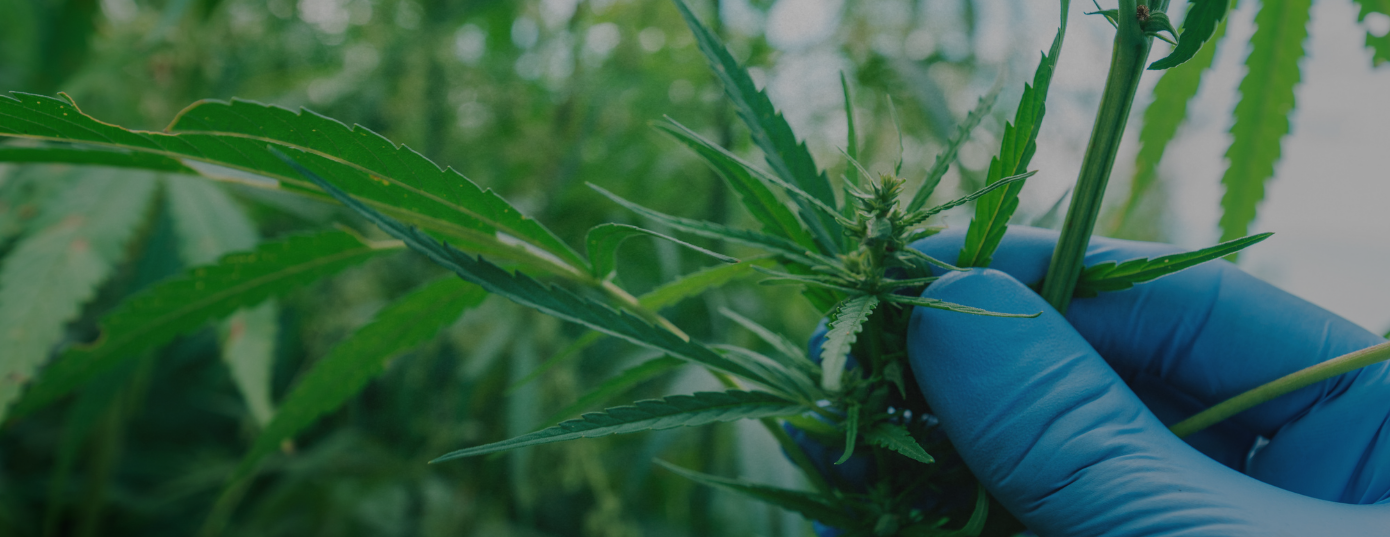As you probably suspect, the consumption of cannabis is old. Very old. As in “probably one of the oldest plants to be cultivated by humans” old, with mentions about hemp and similar herbs already appearing in writing some five millenniums ago, and its history is surely older than that.
So, with that much history contained within this plant, it's funny to think that we started to dissipate some of the stigma around it at a pace that was difficult to imagine barely a decade ago, and although we still have some ways to go, both legally and socially, it’s a good time to look back at the history of restrictions of cannabis through the centuries.
How and why cannabis started to get restricted, what breakthroughs we have in the liberation of this plant, and what we could expect next?
A short story of restrictions
Three’s some archaeological clues about cannabis being actively cultivated in pre-Neolithic Japan, around 8,000 years ago, mainly to fabricate materials like ropes and fabrics, with evidence of some ritual and religious use spread through.
Evidence pointing at the use of cannabis in such diverse places as ancient India (where the god Shiva is probably consuming a form of it, and being mentioned in the epic Vedda poems), Korea and China, where it was even used to make paper, it’s interesting to note that the first restrictions about its consumption are relatively recent.
It was around the end of the 14th century, when an emir of Arabia named Soudoun Sheikouni issued the first known restriction on cannabis. Fearing some negative effects from the consumption of this plant among his subjects, the emir went so far as to order that any consumer caught had their teeth removed as punishment. And as you might not expect with such harsh measures, this did nothing; twenty years later after that first edict, cannabis consumption had only grown around Arabia.
The next significant attempt to stop the consumption of cannabis happened in Madagascar in the 18th century, with measures similar to those used four centuries earlier. King Andrianampoinimerina ascended to the throne, and he tried penalizing the consumption of cannabis with the death sentence through the Merina Kingdom, the old name for the island, but until the Europeans started to colonize Africa and South Asia, these efforts weren’t working too well.
Napoleon himself banned cannabis after his soldiers found a good time during the invasion of Egypt at the very beginning of the 19th century, closing the hashish bars where cannabis was most commonly consumed, and in the New World, Brazil was the first colony to restrict its use in 1830 after the Portuguese introduced it with the idea of cultivating hemp for ropes, being especially harsh with the slaves that were caught consuming it.
The smoke starts changing directions
All of this attached a certain stigma to the plant, which grew during the 19th century when the British Empire tried to ban it on their colonies in India and Mauritius, although a study by the Indian Hemp Drugs Commission in 1895 found that the cannabis was harmless in most cases.
However, public opinion was already soured on the reputation of the plant, with similar prohibitions being instituted all the way to 1925, when an International Opium Convention was established in The Hague by the League of Nations, with the aim to enforce its prohibition and regulate its commerce with some harsh state control.
One of the biggest hits to this habit came from the United States when they enacted the Marihuana Tax of 1937, which banned the production of cannabis and hemp. This act was very controversial beyond the consumption of weed, as it was suspected that it was instituted by some newspaper barons to push the industry to employ the more lucrative wood pulp to fabricate paper. Nonetheless, since hemp was critical in the production of certain materials during World War II, and even more during the AIDS crisis, where a lot of people saw some relief from its worse symptoms by using cannabis, attitudes started to change.
This came to a head at the beginning of the 70s, when the Dutch government began to revise some of the laws surrounding the consumption of cannabis. By first dividing drugs into “more” and “less” dangerous categories, and echoing some of the findings by the Indian Hemp Drugs Commission in 1895, cannabis got reconsidered into a less dangerous element, easing some of the regulations around it.
Legal coffeeshops that could serve cannabis-based products started to open around the same time, designated as legal zones of consumption, and some restrictions would remain close to the borders of the Netherlands.
This change of attitude paved the way little by little until Canada legalized its medical use in 2001, and then in 2013 Uruguay became the first modern country to legalize its recreational use, cultivation and consumption, with even a state-controlled marijuana dispensary regime along with it.
This, then, started opening the door for many other administrations looking into revising their restrictions, alongside some cultural and social changes that looked more favorably to the recreational use of cannabis. By the mid-2010s, most western countries started to ease their restrictions, first on the medical side and then on the recreational side, and in 2020, the United Nations removed the plant from their list of most restricted resources.
So there you have it, the back and forth about using cannabis is old, but we are seemingly nearing the end of a period of stigma and restrictions that paint a bright future for this plant. So now is the best time to get to know this culture; if you want to get into the cannabis world don’t forget to check HØJ, the place to get the best grinders, pipes, and rolling papers! Get along with some friends learn how to roll a perfect joint now, as history is on your side on this one.
Author: Shaggy
_____________________________________________________________________
Bankole A. Johnson. (2010). Addiction Medicine: Science and Practice, Volume 1. University of Virginia, USA.: Springer.


0 comments